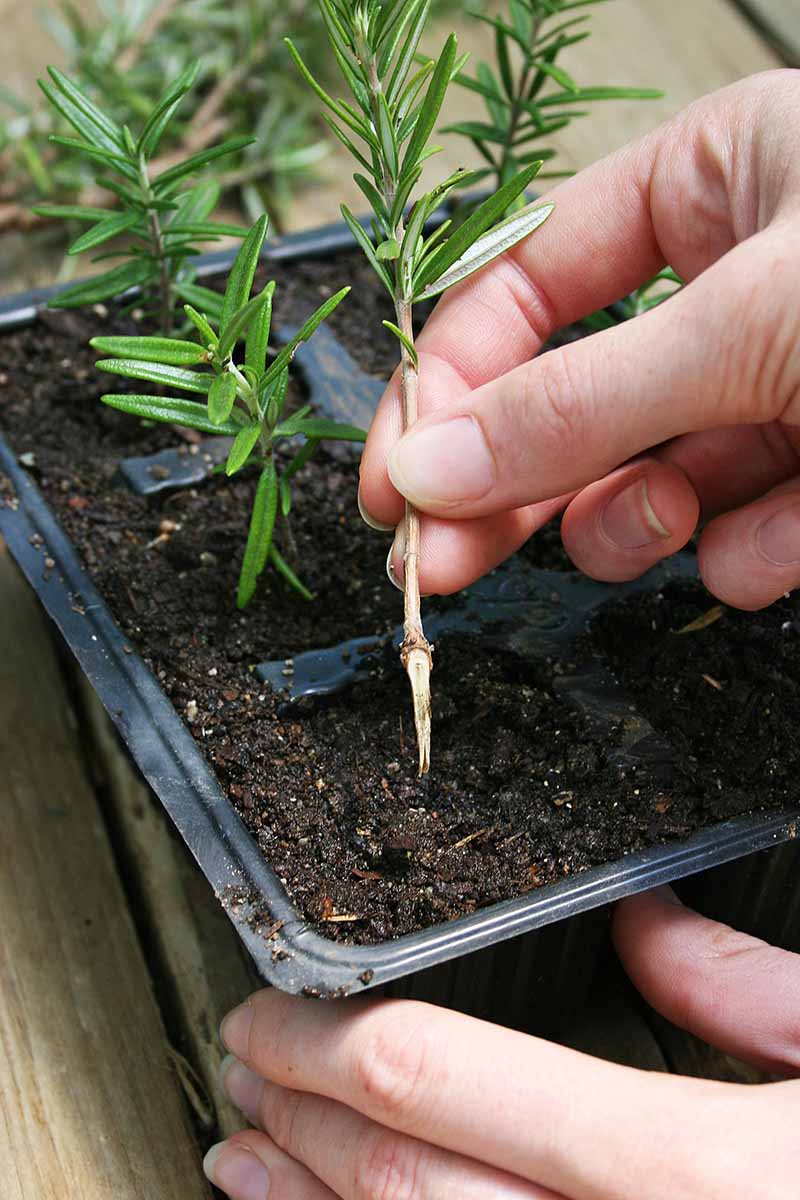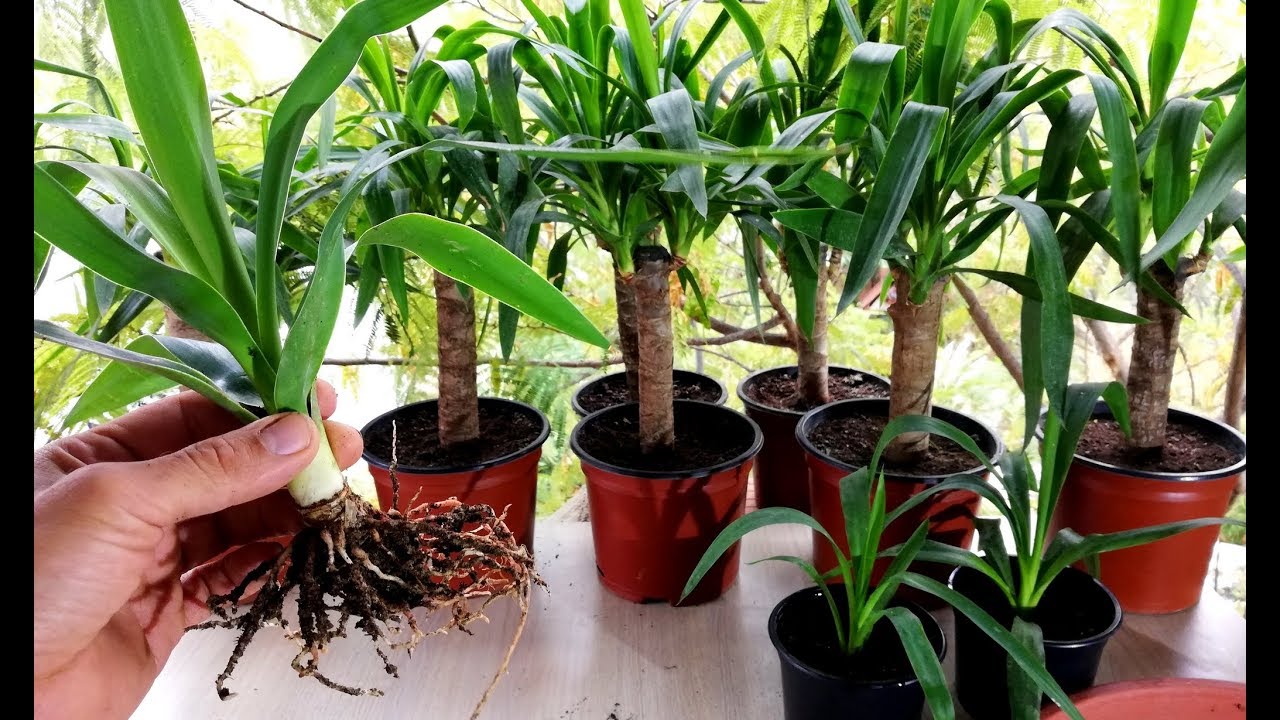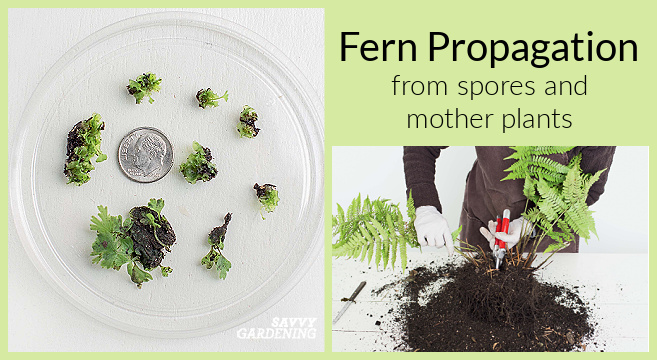How to Propagate Rosemary in Soil
Rosemary is a fragrant and versatile herb that is a favorite among gardeners and cooks alike. Whether you want to grow your own rosemary plant or simply expand your existing collection, propagating rosemary in soil is a straightforward and rewarding process. In this guide, we will walk you through the steps to successfully propagate rosemary in soil so you can enjoy fresh herbs all year round.
1. Choose the Right Time
The best time to propagate rosemary in soil is in the spring or early summer when the plant is actively growing. Avoid propagating rosemary in the winter or during periods of extreme heat, as this can stress the plant and decrease the chances of successful propagation.
2. Select Healthy Cuttings
When selecting cuttings for propagation, choose healthy stems that are free from disease and pests. Cuttings should be around 4-6 inches long and taken from the tips of the plant. Remove the lower leaves from the cutting to expose the nodes where roots will form.
3. Prepare the Soil
Prepare a well-draining potting mix for the rosemary cuttings. A mix of equal parts potting soil and perlite or sand works well for propagating rosemary. Fill a small pot with the soil mixture and moisten it slightly before planting the cuttings.
4. Plant the Cuttings
Make a small hole in the soil with a pencil or chopstick and gently insert the rosemary cutting into the hole. Press the soil around the cutting to secure it in place. Water the cutting thoroughly to settle the soil and encourage root growth.
5. Provide the Right Conditions
Place the potted rosemary cuttings in a warm and bright location, such as a sunny windowsill. Keep the soil consistently moist but not waterlogged, as overwatering can cause the cutting to rot. In a few weeks, you should start to see roots forming on the cuttings.
6. Transplant the Rosemary
Once the rosemary cuttings have established roots, they can be transplanted into larger pots or directly into the garden. Choose a sunny spot with well-drained soil for the rosemary plant to thrive. Water regularly and trim the plant as needed to encourage bushy growth.
7. Harvest and Enjoy
After a few months, your propagated rosemary plant should be ready for harvest. Simply snip off fresh sprigs of rosemary as needed for cooking or aromatherapy. With proper care and attention, your propagated rosemary plant will continue to provide you with fresh herbs for years to come.
Conclusion
Propagating rosemary in soil is a simple and rewarding way to expand your herb garden. By following these steps and providing the right care, you can successfully propagate rosemary plants at home. Enjoy the beauty and fragrance of fresh rosemary in your garden or kitchen all year round.



